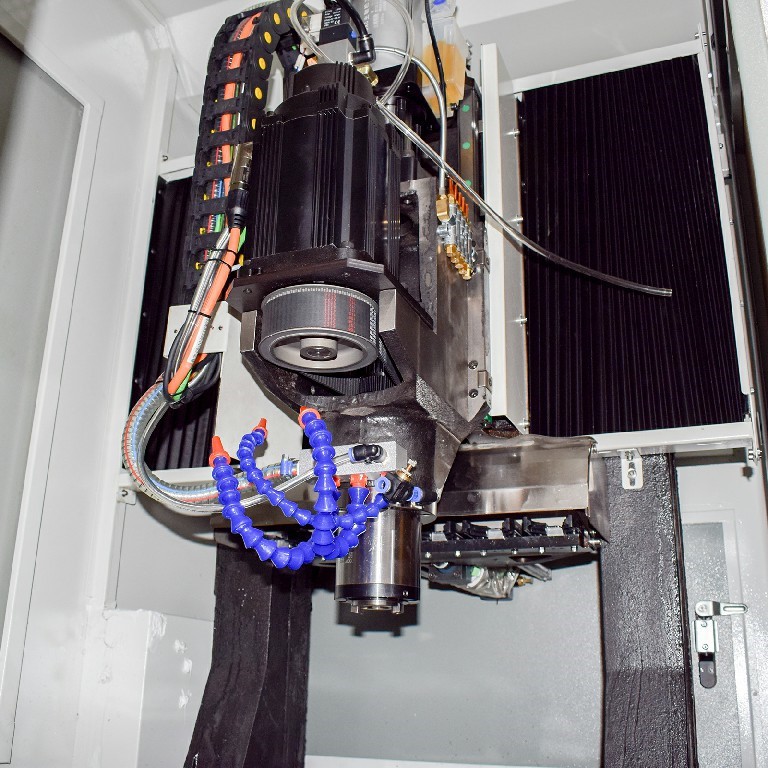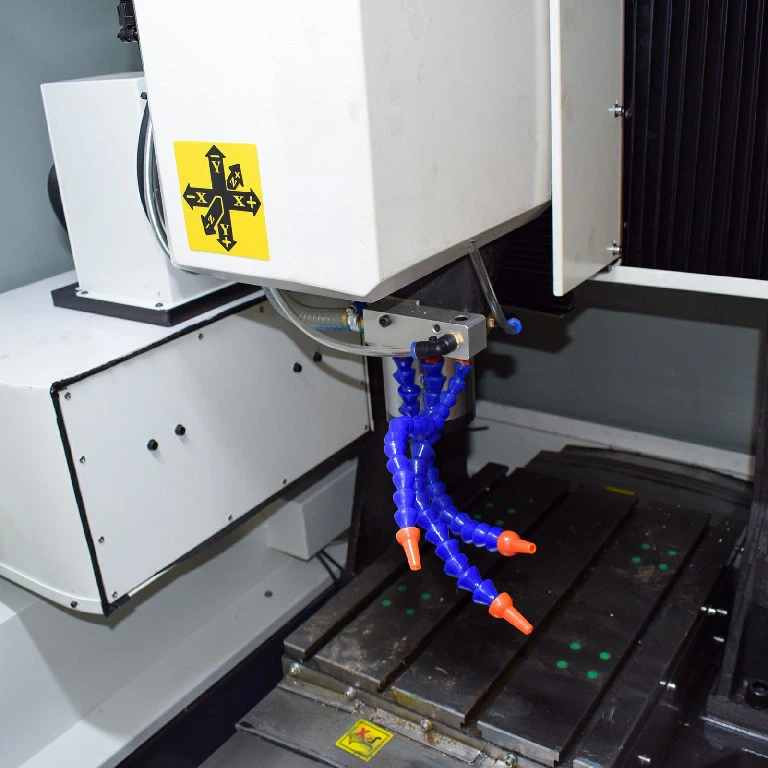The working principle of a milling machine involves the removal of material from a workpiece using rotary cutters. The machine consists of a stationary workpiece, called the worktable, and a rotating cutting tool, known as the milling cutter. As the milling cutter rotates, it moves along multiple axes to cut into the workpiece and remove material.
Here is a step-by-step overview of the milling machine process:
1. Workpiece Setup: Securely mount the workpiece on the worktable using clamps, vises, or fixtures. Ensure the workpiece is properly aligned and firmly held to prevent movement during machining.
2. Tool Selection: Choose the appropriate milling cutter based on the material, operation, and desired outcome. Milling cutters come in various types, such as end mills, face mills, and ball mills, each designed for specific cutting tasks.
3. Tool Setup: Install the selected milling cutter into the spindle of the milling machine. Ensure it is securely tightened and aligned with the workpiece.
4. Machine Setup: Set the appropriate speed and feed rates on the milling machine based on the material, cutter, and operation. Adjust the machine controls, such as spindle speed, table movement, and depth of cut, as required.
5. Positioning: Move the worktable and/or the milling cutter to position the cutter at the starting point of the desired cut. The milling machine allows movement along multiple axes, including X, Y, and Z, enabling precise positioning.
6. Cutting Operation: Initiate the cutting operation by engaging the milling cutter in the workpiece. The cutter rotates while moving along the desired path, cutting into the material and removing excess material in the form of chips.
7. Feed Control: Control the feed rate of the milling cutter to achieve the desired cutting depth and surface finish. The feed rate determines the speed at which the cutter moves along the workpiece.
8. Cutting Parameters: Adjust the cutting parameters, such as cutting speed, feed rate, and depth of cut, based on the material properties and desired machining outcome. Optimal cutting parameters ensure efficient material removal and prevent excessive tool wear.
9. Multiple Passes: In some cases, multiple passes may be required to achieve the desired shape or surface finish. After each pass, the worktable or milling cutter can be adjusted to make subsequent cuts.
10. Finishing Operations: Once the primary machining is complete, additional finishing operations can be performed, such as chamfering, deburring, or surface smoothing, to enhance the final part's quality.
Throughout the milling process, operators need to closely monitor the machine's operation, ensure proper tool alignment, and maintain appropriate cutting conditions. Safety precautions, including the use of personal protective equipment and proper machine guarding, should be followed at all times.
Milling machines are versatile and widely used in various industries, including manufacturing, metalworking, woodworking, and prototyping, allowing for the creation of precise and complex parts with high efficiency.
 |
 |

